Lyophilization is basically a freeze-drying process that removes water from a product after it is frozen and placed under a vacuum, producing a soft powder, sometimes referred to as a cake. If we take that process and apply it to a single droplet of liquid, we are creating a lyo ‘bead’ rather than a lyo ‘cake’. Lyobeads are an excellent alternative to the traditional cakes because they:
• Reconstitute more readily (higher volume to surface area ratio)
• Reduce logistics costs (ship only the reagent and reconstitute on site)
• Simplify distribution because they are thermally stable (no cold chain for mRNA)
• Have a lower risk of contamination
• Have a long shelf life (~2-5 years depending on API or reagent)
• Can be stored at room temperature
Why choose lyobeads?
Spray drying using high heat does have the advantages of lower equipment costs and shorter turnaround times, but also introduces risk in certain applications. API damage can result from air drying complex formulations in a short period of time, when the short dry cycle will not sufficiently remove the moisture, risking degradation.
The shelf life for air-dried products may not be as long as lyophilized products, resulting in an increased risk of wastage.
Currently, approximately 80% of lyophilization happens in vials resulting in cakes, but beads offer distinct advantages. Beads are easier to inspect during manufacturing. The volume to surface area is high which allows for more rapid reconstitution, meaning more flexibility in the field. In therapeutics, beads can be reconstituted to the required dose on demand (the health care provider can prepare one dose or many), resulting in less waste. In terms of diagnostics, this means less of the sample will be required to
Why you might not choose to freeze-dry your product into beads
The relatively high cost of lyobead formation (because of the highly specialized equipment) can be a barrier to making this part of your in-house process. You’ll need some initial process development for your therapeutic using this process to learn what works best, but we already know that not all vaccines and reagents can be lyophilized.
Additional development time (12-24 months) is often required as there is a high upfront development cost with respect to excipient or buffer selection and process definition.
While there is a deep history of freeze drying, the bead form factor is less understood and is an emerging area of specialized knowledge. Closely related are the critical to quality attributes and the associated inspection requirements. These will need to be customized to your specific product. You may require a specialty partner like BioDot for lyobead creation and vision capabilities.
The art and science of making beads
It all starts with a high-resolution pump and specifically-sized dispensing tip which allows us to generate volumes of 2 µL to 30 µL as a single drop with high volume precision. Choose a pump that is scalable for R&D to production environments.
Depending on how you’ll be using the beads, production can be customized to change the shape of the bead, add colour, and adjust size anywhere from 700 nanoliter to 200 microliter, theoretically. Experiment with the dispensing and freezing method to result in the optimal bead for your application.
Depending on the dispensing method the resulting bead could be round from just a nitrogen bath near the dispense tip to asymmetrical if a cryogenic plate is used.
Once the droplet is frozen it is then lyophilized by the batch using a system designed specifically for sublimation and pulling the ice crystals out of the bead. What remains is just the ‘cake’ in multiple bead form which requires handling with care since beads are typically friable and begin to decay under high humidity.
Now that the beads are formed they need to be singulated from the batch and processed into their primary packaging or directly into a diagnostic cartridge, for example. The handling might be done in an isolator using aseptic robotics or in a humidity-controlled environment if it is simply a diagnostic reagent. Depending on the production rate, the picking mechanism may be a simple, single quill or a specially-designed array of quills to place multiple beads at once.
The potential
Forecasts suggest more than half of injectable drugs will require lyophilization. Lyobeads have a higher barrier for replication because of the special equipment and the excipients required to make the beads work, which gives first movers a big advantage before generic replication cuts into profitability.
Lyophilization has existed for many years as a method for making drug therapies more stable and long lasting. Now, lyobeads offer more versatility that allows you to experiment with dosing and packaging, reducing the weight and volume of samples, opening up opportunities for innovation.
Beyond the immediate benefits to manufacturers, this new technology also secures supply chains with shelf-stable and transportable products that can be accessed by patients all over the world regardless of the infrastructure available. This technology will open doors to further advancements in patient care and the production of pharmaceuticals.
To learn more about the potential for lyophilization in your process, visit the Lyobead Manufacturing.
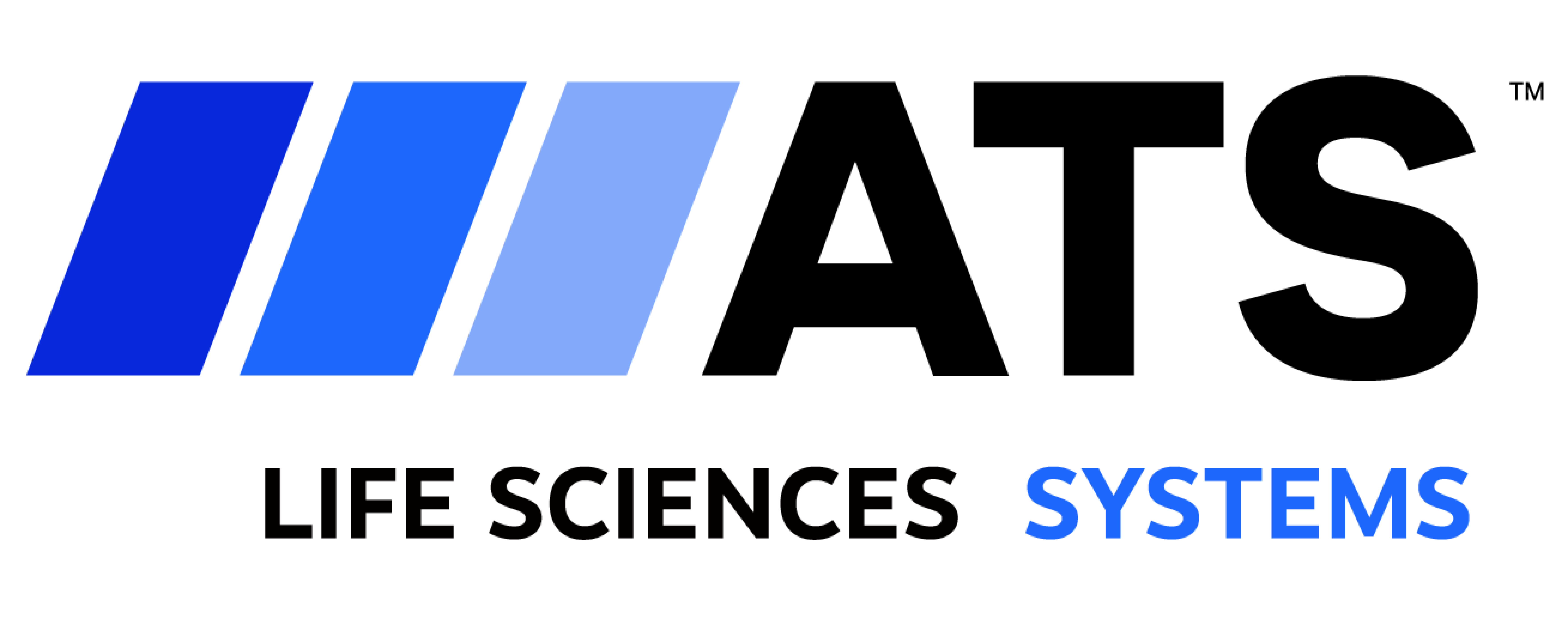

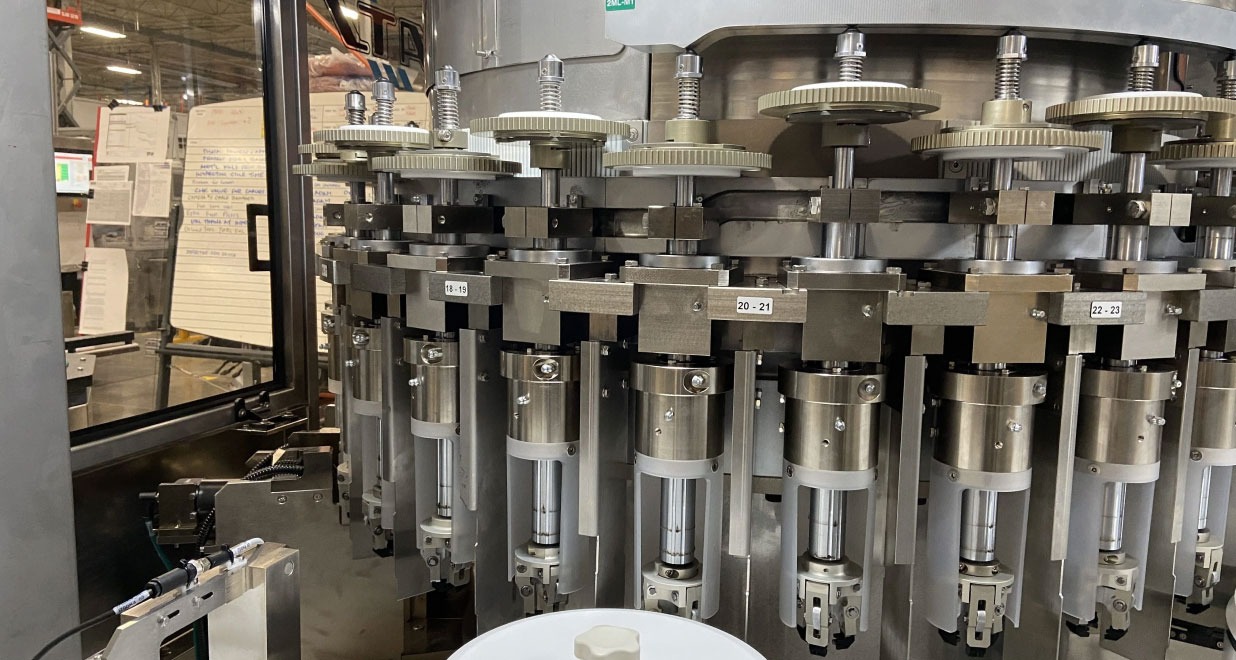
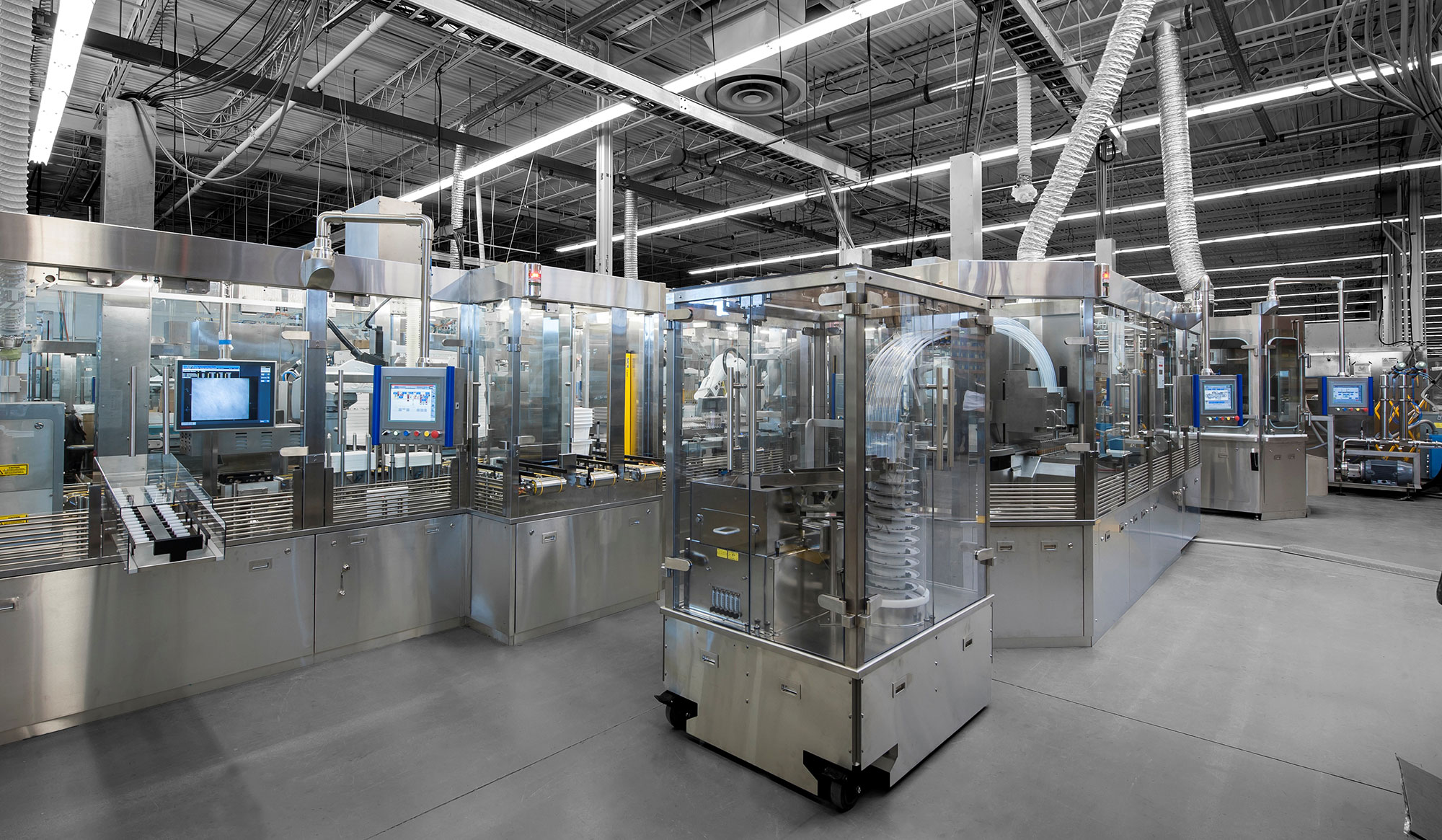





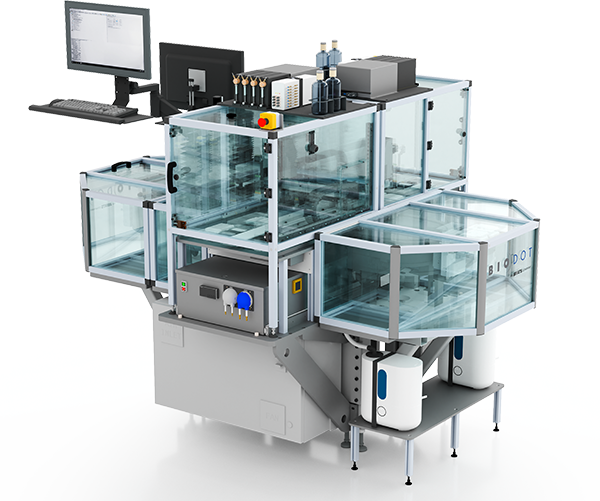

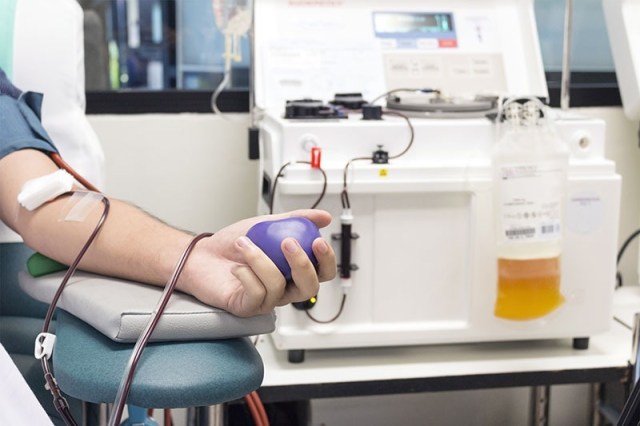



 Contact Us
Contact Us  Subscribe
Subscribe  LinkedIn
LinkedIn  Youtube
Youtube